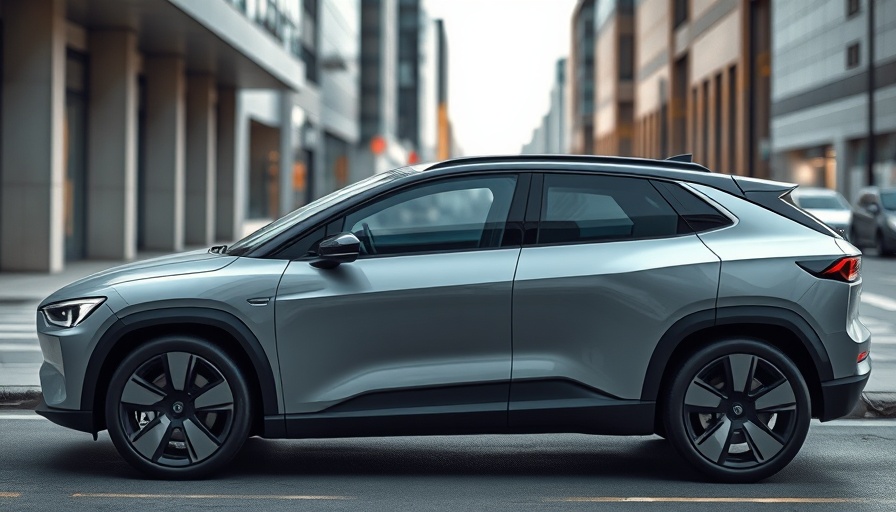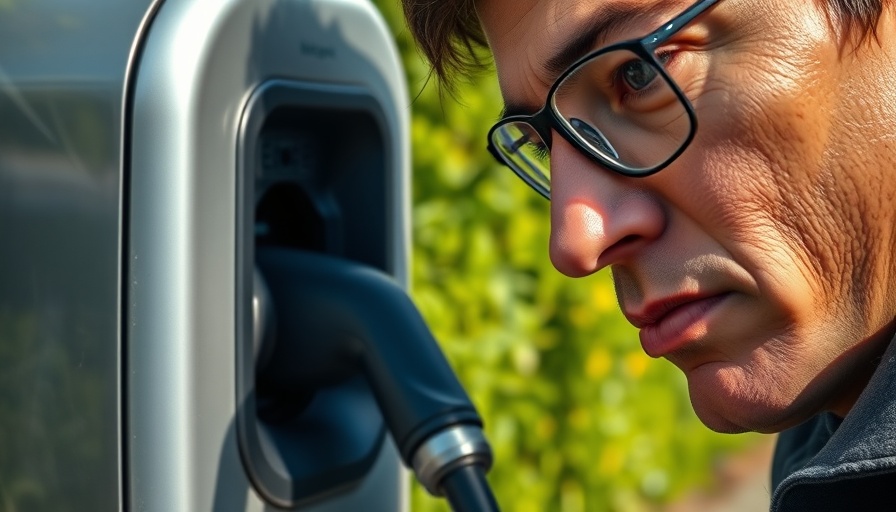
The Dawn of Tesla Supercharger Access for Lucid Gravity
As the electric vehicle (EV) market continues its rapid evolution, the 2025 Lucid Gravity has emerged as a game-changer in the landscape, particularly for dealers and automotive finance professionals. With its recent announcement of Tesla Supercharger access, the Gravity positions itself as a formidable competitor, leveraging Tesla's extensive charging network—a necessity for modern EV consumers.
Charging Empowerment: Adoption of Tesla's NACS Connection
The adoption of the Tesla-developed North American Charging Standard (NACS) port is a significant strategic move for Lucid Motors. By incorporating the NACS port across all U.S. models of the Gravity, Lucid enhances the vehicle's appeal to consumers concerned about charging accessibility. Beginning January 31, Gravity owners will have seamless access to Tesla's extensive Supercharger network, which facilitates easier long-distance travel and alleviates range anxiety.
Performance Innovations: Accelerated Charging Capabilities
One of the standout features of the Gravity lies in its charging performance. Capable of achieving a sustained charging power of 225 kW with 500-volt DC fast chargers all the way up to 400 kW via V4 Superchargers, this SUV dramatically improves the user experience. Lucid estimates that under optimal conditions, drivers can add approximately 200 miles of range in just under 12 minutes. This benchmark makes the Gravity an incredibly attractive option for consumers who value time efficiency as much as driving range.
Highlighting the Technological Advancements
With a robust 123 kWh battery capacity, Lucid has made strides by working with Panasonic to create updated battery cell chemistry, ensuring the Gravity delivers an impressive estimated range of 450 miles. This achievement aligns with the growing expectations for EV performance, promising both longevity and reliability for daily and extended usage. The inclusion of features like bidirectional charging, allowing for both vehicle-to-vehicle charging and the innovative RangeXchange, empowers owners to think differently about electricity distribution.
Market Dynamics: Competitive Retail Strategies
For dealer principals and general managers, the introduction of the Gravity offers valuable insights into current market dynamics. With the base model starting at $94,900 and a more economical Touring grade on the horizon, understanding the Gravity's potential in the luxury SUV market can help inform sales strategies. Moreover, the benefits of Tesla's charging capabilities may drive consumer interest and elevate the vehicle's desirability amidst growing competition.
Anticipating Industry Trends: The Future of EV Charging
As we look to the future of electric mobility, the integration of Tesla's charging infrastructure by manufacturers like Lucid hints at a broader trend. This move not only aligns with current driver expectations but may prompt other automakers to reconsider their charging strategies. With Tesla Supercharger access, the Gravity’s market positioning is stronger, reinforcing the notion that versatility and infrastructure access are paramount in enticing a wider audience towards electrification.
 Add Row
Add Row  Add
Add 




Write A Comment